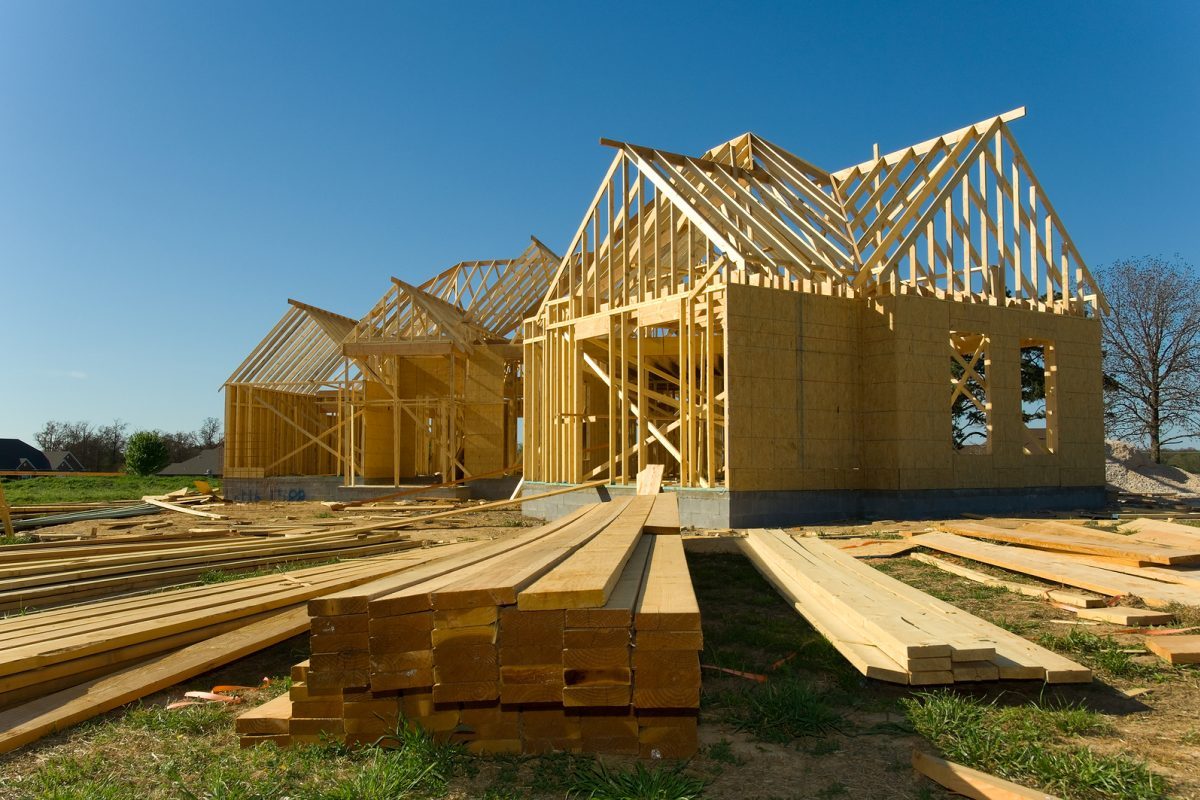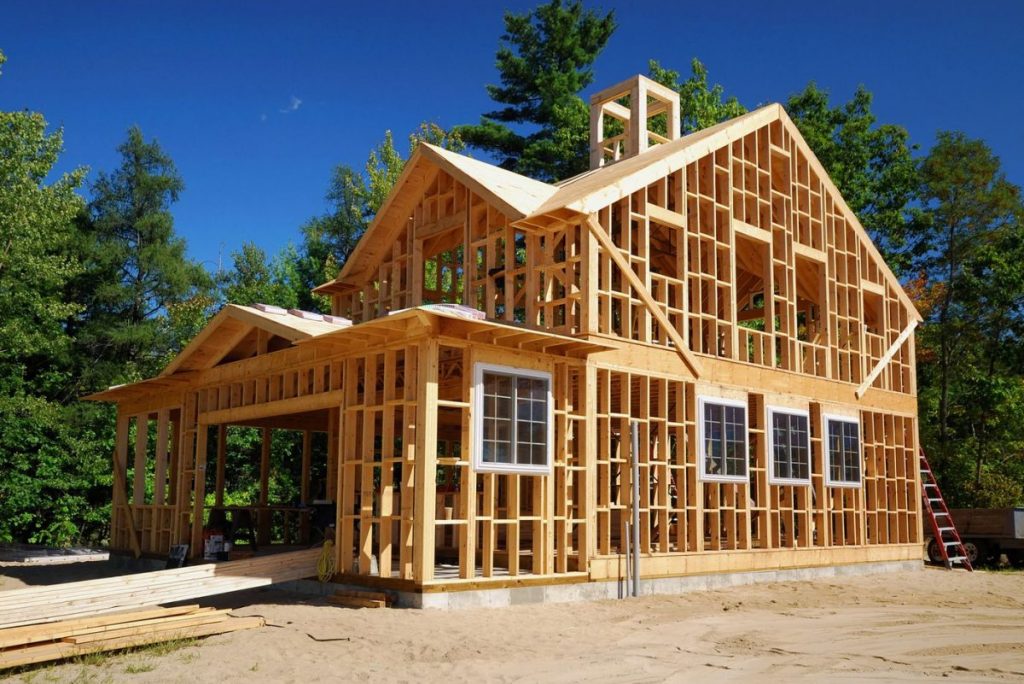Changes in building regulations and statutes over the past decade added the most to the increase in regulatory prices. The upsurge associated with laws was around 6.1% of the final house price and 9.9% of a builder’s construction costs.
U.S. statistics on new home prices show that regulatory costs in an average home built for sale increased from $84,671 to $93,870. It is a 10.9% increase within five years between 2016 to 2021.
It illustrates how overregulation is impairing the nation’s housing affordability. Indeed, policymakers need to take bold steps to reduce unnecessary regulations to help builders increase quality but affordable housing production and meet the ever-growing market demand.
Another aspect contributing to the rising cost of building new multifamily properties and single-family homes in the past months was the price hike of softwood lumber. The latter added roughly $35,872 to the total price of an average new single-family home and about $12,966 to the market value of an average new multifamily property.

These estimations represent a 190% ($11,280) and 184% ($31,210) rise in lumber costs for multifamily builders and single-family, respectively, in the past twelve months. Commercial constructors are dealing with the effects of rising material charges. The shooting up of prices for essential construction materials like cement, diesel fuel, steel, and lumber made the already complex building operations of multi-million dollar construction projects to the extreme.
Construction material costs have risen so abruptly in 2021 that the Associated General Contractors of America or AGC issued a rare Construction Inflation Alert last month. It is a bold move the group has not made since 2008. It cited a 12.8% hike in input costs for projects ever since the COVID-19 pandemic.
Construction contractors must be more vigilant than ever concerning changes in the materials costs and anticipated delivery dates. These professionals should promptly communicate the data to prospective and current clients to avoid delays or miscommunication throughout the project.
Specialists in the field expect government regulations to become more friendly to construction companies since building projects are now a necessity, especially in a health crisis that necessitates us to stay indoors.

